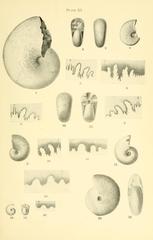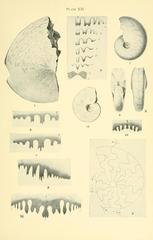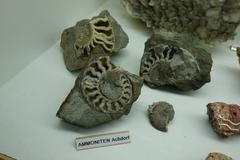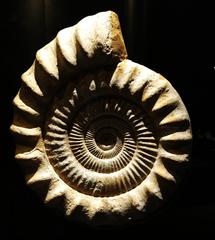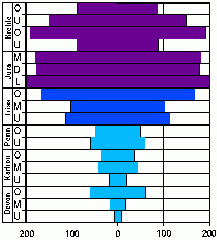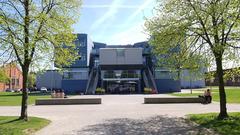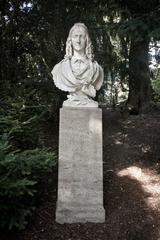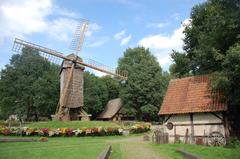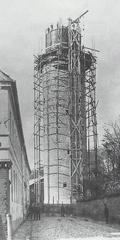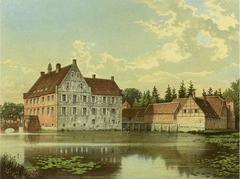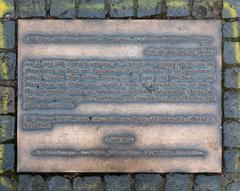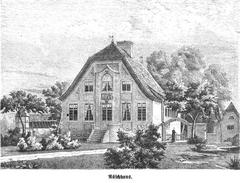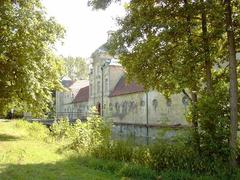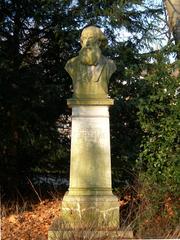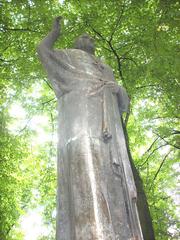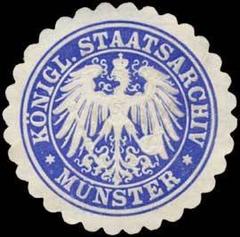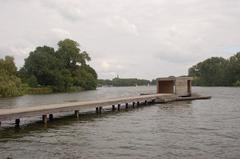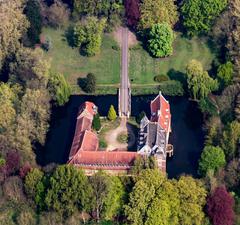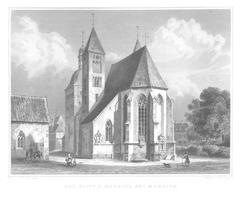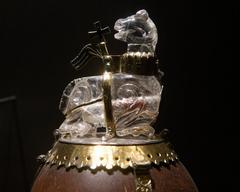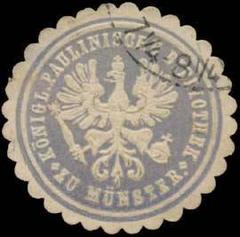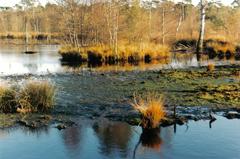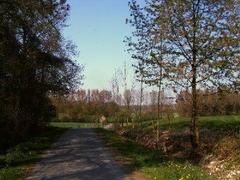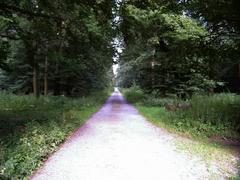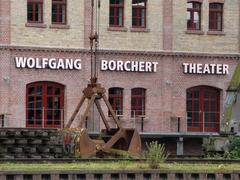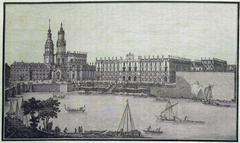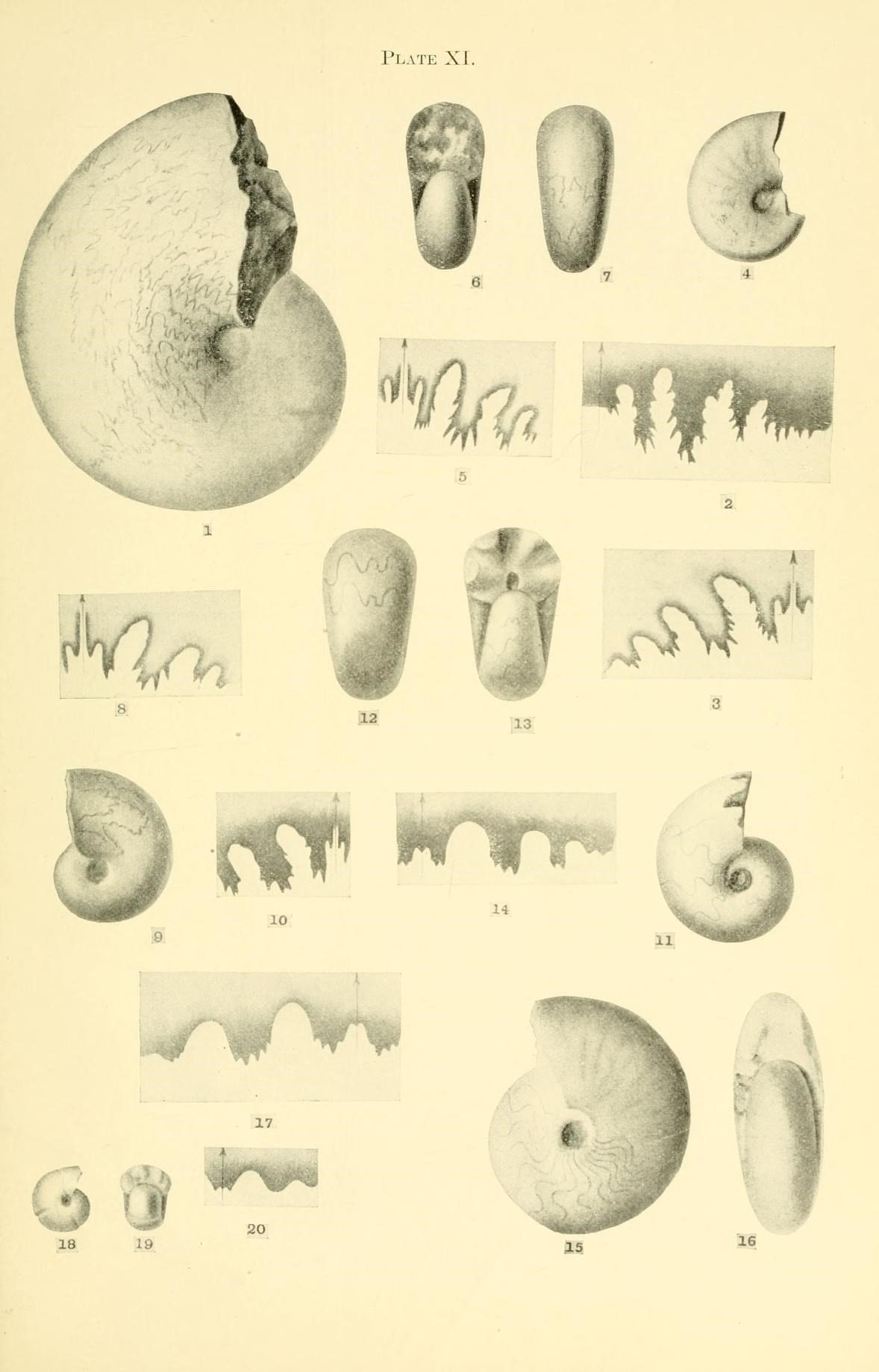
Ammonoidea Visiting Hours, Tickets, and Münster Historical Sites Guide
Date: 14/06/2025
Introduction: Ammonoidea’s Significance in Münster
Münster, Germany, is an internationally recognized hub for paleontology, particularly for its exceptional Ammonoidea (ammonite) fossil discoveries. These extinct marine mollusks, which thrived from the Devonian through the Cretaceous periods, are celebrated for their beautifully spiraled shells and scientific value. The Münster region is especially famous for the discovery of Parapuzosia seppenradensis, the largest ammonite fossil found to date, with an original shell diameter of 1.8 meters and reconstructed estimates up to 3.5 meters. This iconic specimen—uncovered in 1895—is a highlight of the LWL-Museum für Naturkunde Münster and stands as a symbol of the city’s rich geological heritage.
Visitors to Münster have a unique opportunity to explore extensive ammonite collections at several leading institutions, including the LWL-Museum für Naturkunde, the University of Münster’s Geomuseum, and the Institute of Geology and Paleontology. These museums offer interactive exhibits, educational programs, and hands-on fossil experiences, making Münster an essential destination for fossil enthusiasts, researchers, and families seeking educational adventures. For up-to-date visitor information, consult the LWL-Museum für Naturkunde Münster, the University of Münster Geomuseum, and the Münster Tourism Office.
Table of Contents
- Introduction: Münster’s Ammonite Legacy
- Visiting the LWL-Museum für Naturkunde Münster
- Understanding Ammonites: A Scientific Overview
- Practical Visitor Tips
- Additional Museums and Fossil Sites
- Nearby Attractions
- Frequently Asked Questions (FAQ)
- Planning Your Visit
- References and External Links
Visiting the LWL-Museum für Naturkunde Münster
Hours, Tickets, and Accessibility
- Opening Hours: Daily, 9:00 AM to 6:00 PM (verify holiday and special event schedules on the official website).
- Ticket Prices: Standard adult admission with discounts for students, children, and families. Online advance booking is available; group tours require reservation.
- Accessibility: Wheelchair accessible with resources for visitors with disabilities.
Directions and Transportation
- Address: Sentruper Str. 285, 48161 Münster, Germany
- Public Transport: Well-connected via Münster’s bus network; museum is clearly signposted.
- Cycling: Münster’s extensive bike infrastructure and secure bike parking make cycling a great option.
- By Car: Ample parking is located nearby.
Ammonite Exhibit Highlights
- The Giant Ammonite: View the world’s largest ammonite fossil, Parapuzosia seppenradensis, on prominent display.
- Fossil Diversity: Examine a range of ammonite fossils illustrating their evolutionary history and diverse shell morphologies.
- Interactive Experiences: Digital reconstructions, hands-on stations, and educational multimedia displays.
- Scientific Insights: Learn how ammonites serve as index fossils and what their shells reveal about ancient climates.
- Comparative Biology: Discover the connections between ammonites and living cephalopods.
Understanding Ammonites: A Scientific Overview
Ammonites were marine cephalopods that lived for over 350 million years, going extinct at the end of the Cretaceous period. Their distinctive spiral shells, often beautifully preserved, make them vital for dating geological strata and reconstructing ancient environments (NHM). The term “ammonite” is derived from “cornu Ammonis,” likening the shell to the horns of the Egyptian god Ammon.
Ammonites are especially valued as index fossils: they evolved rapidly and were widely distributed, making them critical for correlating rock layers across regions (NHM). Notably, the Münsterland region’s fossil-rich sedimentary rocks have yielded a wealth of ammonite species, including the globally significant Parapuzosia seppenradensis.
Practical Visitor Tips
- Best Times to Visit: Weekday mornings are generally quieter. Special paleontology events and workshops are held throughout the year.
- Family Experiences: Children’s areas and age-appropriate educational programs are available.
- Photography: Permitted in most areas, but flash is restricted near sensitive exhibits.
- Museum Shop: Find ammonite-themed gifts, books, and educational kits.
Additional Museums and Fossil Sites
Geomuseum of the University of Münster
- Hours: Tuesday–Sunday, 10:00 AM–5:00 PM; closed Mondays.
- Tickets: €5 adults, €3 reduced; free for children under 12.
- Highlights: Extensive ammonite collections, interactive labs, and educational workshops (Geomuseum).
University of Münster’s Institute of Geology and Paleontology
- Public Access: Limited to special open days and events. Check the Institute’s website for schedules.
Field Experiences
- Fossil hunting is available through guided tours in the Münsterland region. Always check local regulations before collecting fossils.
Nearby Attractions
- Planetarium: Adjacent to the LWL-Museum, featuring immersive astronomy shows.
- Aasee Lake: Ideal for walking, cycling, and birdwatching.
- Historic Münster: Explore St. Paul’s Cathedral, Prinzipalmarkt, and the Botanical Gardens.
- All-Weather Zoo: Popular with families.
Frequently Asked Questions (FAQ)
Q: How much are tickets for the museums?
A: Prices vary by institution and exhibit; check the LWL-Museum and Geomuseum websites for current rates.
Q: Are guided tours available?
A: Yes, both museums offer guided tours and workshops in multiple languages. Advance booking is recommended.
Q: Are the museums accessible for visitors with disabilities?
A: Yes, with wheelchair access, elevators, and multilingual materials.
Q: Can I take photos?
A: Photography is generally permitted, but avoid flash and tripods near sensitive specimens.
Q: Is fossil collecting allowed in Münster?
A: Only in regulated areas, often through supervised tours. Always check local laws.
Planning Your Visit
- Advance Booking: Recommended for tickets, especially during peak times and special events.
- Getting Around: Münster is bike-friendly and well-served by public transit.
- Stay Updated: Download the Audiala app and follow museum social media for real-time updates on exhibitions and events.
References and Further Reading
- LWL-Museum für Naturkunde Münster
- Geomuseum of the University of Münster
- University of Münster Paleontology Publications & Events
- Westphalian Museum of Natural History
- Münster Tourism Office
- Natural History Museum, London: What is an Ammonite?
- WhichMuseum: Best Museums in Münster
Summary
Münster stands out as a leading destination for those interested in Ammonoidea fossils, offering immersive museum experiences, world-class specimens, hands-on learning, and a strong tradition of scientific research. Whether you’re a scholar, a family, or a curious traveler, Münster’s unique blend of heritage, science, and public engagement makes it an essential stop on the fossil trail. For the most up-to-date information and to plan your visit, consult the official museum and tourism websites.
